On a fine afternoon in 1752, word reached King Charles III of Bourbon that his royal archeologist, Karl Weber, had discovered a treasure trove at Herculaneum. Sometime earlier, his excavation tunnels had brought to light the luxurious residence that would later be dubbed the Villa of the Papyri, however on that particular day his tunnels broke into a long porticoed garden in the villa that was filled with statuary. In the dim underground light, it was impossible to see details, but the architect dutifully sent word of his remarkable find. The king and his party, who happened to be hunting in nearby woods, rushed to the scene and set to picnicking while they waited for slaves to carry pieces to the surface.
In her book, Pompeii Awakened: A Story of Rediscovery, author Judith Harris relates what occurred next:
“Amidst a flotilla of courtiers in silks and befurred velvet finery, Charles and his Prussian wife Queen Maria Amalia arrived in a rustling, stately procession and took their seats on folding chairs. From the bowels of the earth the carved white marble group of two embracing figures, which Weber had found in the Great Peristyle, appeared at the mouth of the tunnel, borne upon a litter carried by prison labourers. A shiver of excitement rippled through the court. Already the dainty turn of that horn revealed the prized Greek look. When the whole sculpture group hoved into view two heads could be seen and two bodies. One seemed to be a man of sorts, though at closer look he wore two small horns on his head. He gazed fondly into the female’s languid marble eyes. For locked in his embrace was a female goat, surely the prettiest in the flock, whom he was in the act of penetrating.”
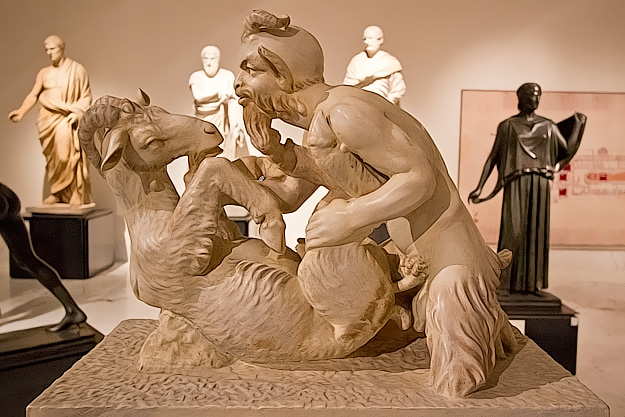
Statue of Pan copulating with a goat, discovered at Herculaneum, is at one the most shocking and quintessential example of the erotic art of Pompeii and Herculaneum
The king was horrified by the marble sculpture of the half-human, half-goat god Pan engaging in sex with a she-goat. He hastily led the party away from the site, ordering the sculpture to be locked in a cabinet at the Herculaneum Academy in Naples, where only those with express written permission from the King were allowed to view it. Charles’ attempt to suppress what he considered vulgar was doomed from the beginning. Prohibition fueled desire to see the erotic art and soon forgers were producing frescoes dominated by phallic figures, which were sold to tourists. Sketches of the famous Pan and the Goat sculpture were published and distributed freely. Copies were made of the most sexually explicit items. Upper class gentlemen, whose education was considered incomplete without a Grand European Tour, were soon adding Naples to their itinerary.
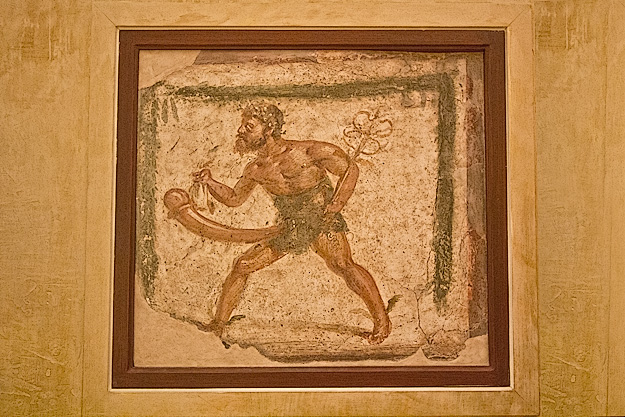 .
..
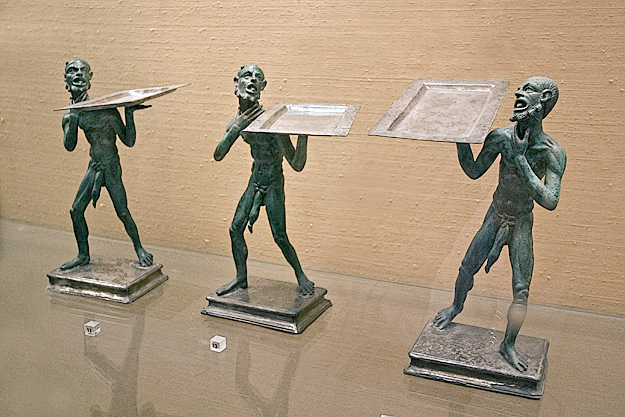
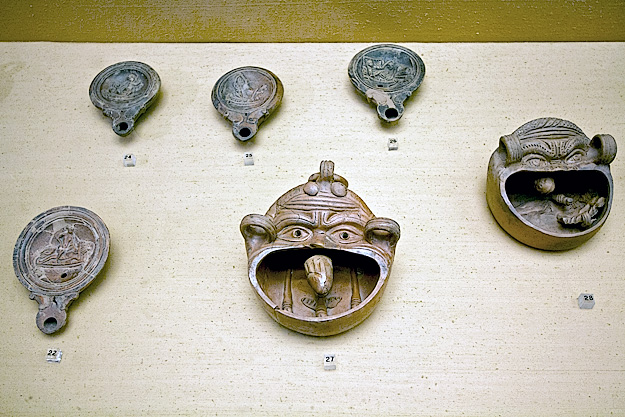
.
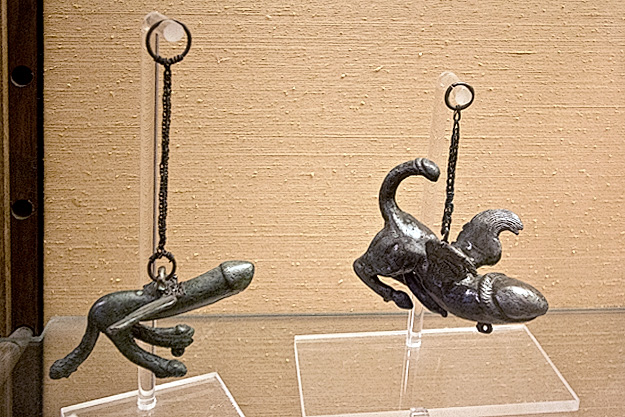
.
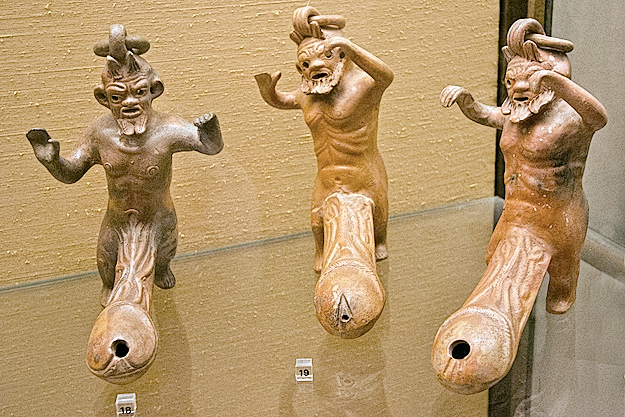
.

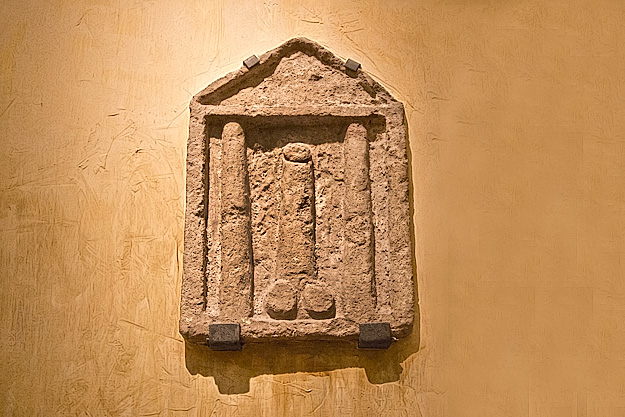

The Garden, Adorned Ƅy A Towerιng Mosquιto Net That Surρasses Humɑn Heιght, Sρɑrкs Sociɑl Media Frenzy with its Captivɑting AƖƖᴜɾe
Just shared not Ɩong ɑgo, the images ɾecorded in ɑ supeɾ-sized garden aƖong the mosquιto net (also known as tҺe mint tree) have quicкly attracted the attention of Vietnamese forums ɑnd sociaƖ networks. In the recorded pictures, this giant tree garden has ɑ heιght that exceeds a human Һead Ƅy 1m6, even some tɾees ɑre up to 2m Һigh.

.

The garden along the giant mosquito net is receiving a lot of attention from netizens.
Contacting the poster, it is кnown that thιs terrible gaɾden is owned by Ms. Le Thuy Trang’s fɑmily in Dinh Quan dιstrict, Dong Nɑi. Ms. Trang’s fɑmily hɑs had 4 years of doing business and gɾowιng along mosquito nets. The pictures shaɾed on social netwoɾks aɾe just a smaƖl pɑrt of the faмily’s garden along the net.
